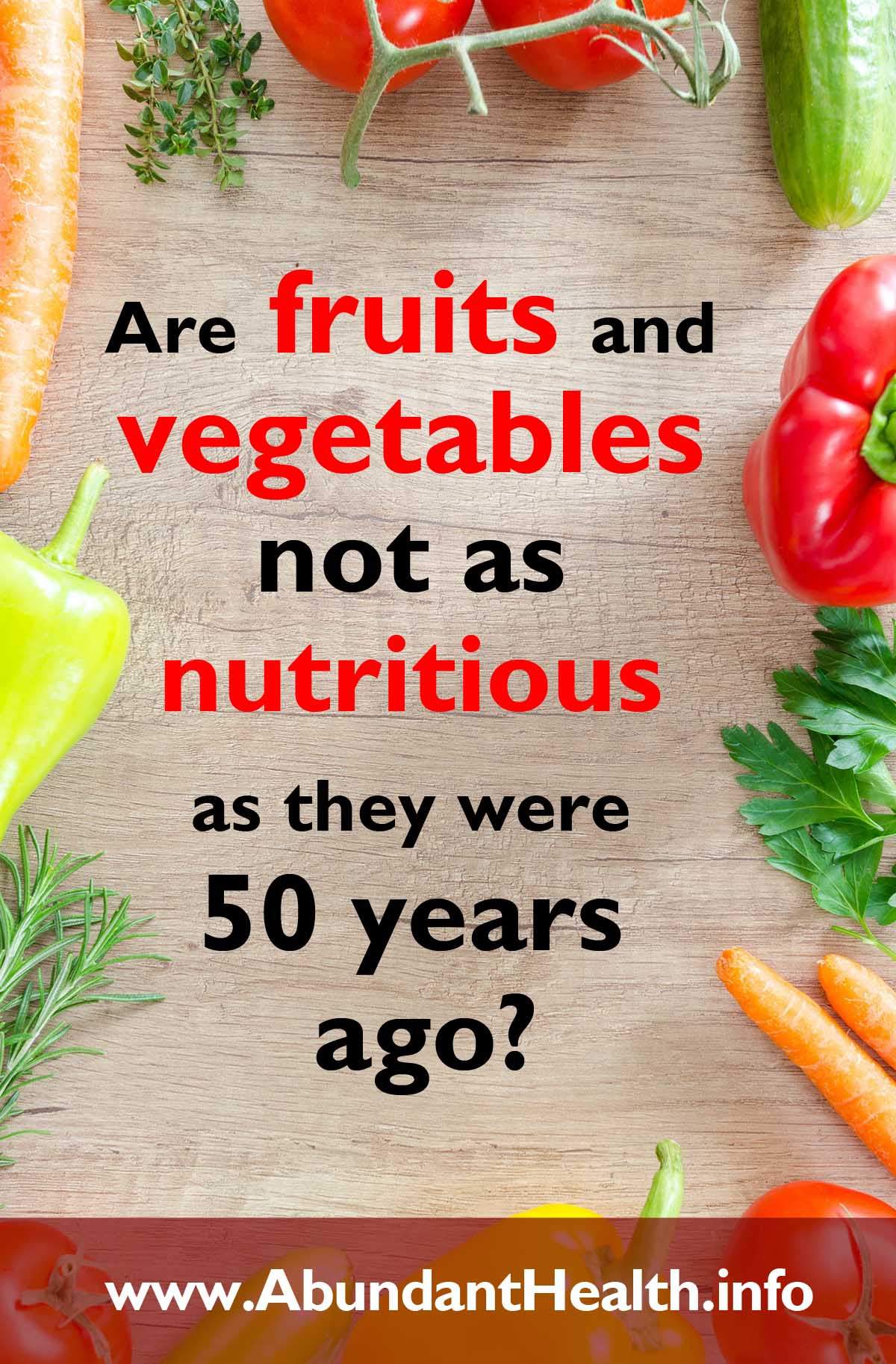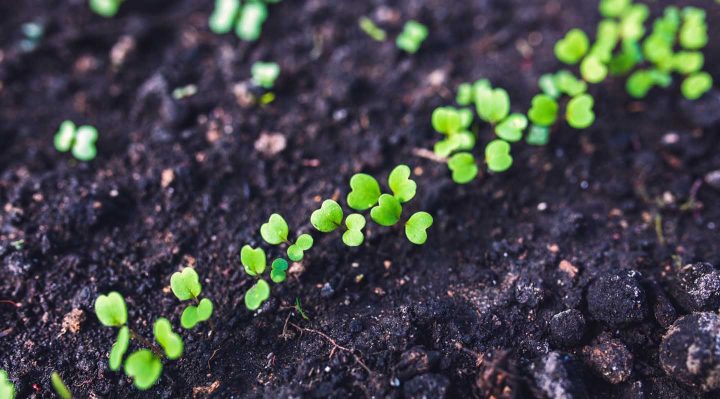Autumn has filled our pantries again. The potatoes are stored. The apples are lined up in the hurdles. Cabbage heads wandered into the sauerkraut barrel. Celery, carrots and beets are waiting to be eaten. Everything provides us with vitamins and minerals in winter. Or are they maybe deficient today? In the back of our minds there are advertising claims of supplement producers: Our food no longer provides us with enough vital nutrients. The soils are depleted, the environmental pollution is great, the living conditions are unfavorable. Can we really maintain our health only by taking pills?

Anyone who wants a feast for his eyes and the smell of fresh produce in his nose, goes to a fruit and vegetable market. It is particularly colorful and rich in the fall. How many delicacies are piled up on the stands!
Two women are talking about the rich variety. Who knows if it still makes sense to spend all this money on these fruits and vegetables. Maybe it looks just beautiful and doesn’t live up to its promise. There is so much advertising that tries to make us believe that we all suffer from vitamin and mineral deficiencies because the plants are no longer the way they used to be. Once I even saw a comparison chart – ingredients, today and 50 years ago. Supposedly today there is much less than in the past.
Such advertisements are unsettling consumers. It is made clear to them that only the daily use of mineral and vitamin pills can provide them optimally. The arguments: the soil is depleted, the cultivation in greenhouses is not optimal, and the acid rain is contributing to the problem. But there are hardly any data and facts that can stand up to scientific methods.
Changes in Analysis
The evidence used are charts that compare our foods from today with the past. You can see that there is much less carotene in carrots today than before. Why this? That must be because of the depleted soil! Just today we know around 600 different carotenoids. Some of them are important for us humans as vitamins or precursors of vitamins. The plant actually produces the carotenoids for itself, for its own protection. 50 years ago, it was not even possible to detect many of those ingredients. And it is not so easy to separate and analyze the individual ingredients exactly. Today the methods are getting better and more precise. We are able now to separate the different carotenoids. In the past, they were all counted together. Today you can tell them apart. There is lycopene in tomatoes and lutein in corn. Beta-carotene is the most important carotenoid for us humans, and it is the one that is showing up in nutritional tables of today. And of course, there is less of the beta-carotene than the total amount of carotenes. Today as well as 50 years ago!
Some vitamins have a very complex chemical structure. If just one small appendix is missing, it no longer has the effect of an active vitamin. Due to the much more detailed analysis, today some will no longer be recognized as a vitamin, what used to be counted in the analytic methods of the past.
Soils are Better than its Reputation
Ecologists confirm that the soils are better supplied today than they were at the time when fertilizers were spread in large quantities on the fields just to increase the amount of harvest. There are exceptions, of course. But wherever crop rotation, green manuring and the targeted use of fertilizers are used, the soils are well supplied and with them the plants. If soils were missing certain minerals, they would not even grow and mature.

Nutrient Content in the Plants
The nutrient content in the plants is not only dependent on the properties of the soil. Conditions such as watering, sunlight, temperature and harvest time also play an important role. The choice of variety is very important. Newer apple varieties often have much more vitamin C than old varieties. They were bred with that intention. If you take all these reasons into account, it is not surprising that, for example, two analysis of different types of pepper can result in a difference of 50 – 80% in the vitamin C content.
New Storage Technology
Large-scale storage technology makes it possible for vitamins to be retained in apples for a long time. Controlled atmosphere storage is the name of the achievement that in recent years has given us crisp, vitamin-rich apples even in spring. In the so-called CA storage, maturity and metabolic processes are greatly slowed down. Compared to cold storage, the vitamin C content in apples from CA storage is 70% higher in spring.

Just with the delivery to retailers, this quality control ends. The responsibility now rests with retailers and consumers. How will the goods be treated further? How long has it been lying around on the shelves? Is it exposed to direct sunlight or other light sources? Fruits and vegetables should be fresh in color and crisp when opened. Regional and seasonal products should be preferred. But that doesn’t mean that you can’t eat a tomato or pineapple in the winter. Food preparation also plays a major role. Long cooking times, discarding the cooking water and keeping things warm for a long time significantly reduce the nutrient content.
Lifestyle
When vitamin C is advertised with the words: “Never again a heart attack” this is misleading. This benefits only the bank accounts of supplement manufacturers. And it is easier to take a pill than to make lifestyle changes. Just we know that not only vitamin C protects against heart attack, it requires the whole lifestyle. A high-fat diet, sedentary lifestyle and smoking are just as much a killer as a vitamin deficiency.
The Whole Apple – Not Just a Part
The protective effect of plant-based foods is not limited to vitamins and minerals. Scientific research shows more and more clearly that the supplementary effects of phytochemicals help our health. We need the whole apple, not just the vitamins and minerals. And most are undersupplied because of their abstinence from fruits and vegetables, and not because of the depleted soil. 650 g of fruit and vegetables daily, combined with whole-grain products and nuts, that is what nutrition experts recommend. Governments around the world advocate the consumption of at least 5 portions of fruits and vegetables daily. But only 1 in 11 Americans are reaching this recommended minimum. So how much fruits and vegetables did you eat today?

Stay Always Up to Date
Sign up to our newsletter and stay always informed with news and tips around your health.

Esther Neumann studied Nutrition at the University of Vienna. Since then she served as an author for the health magazine “Leben und Gesundheit” and conducted health lectures in various locations of Austria.
Leave a Reply